When preparing for air travel with an ASIWO MAKO electric kickboard, many travelers wonder about the rules and regulations surrounding its lithium-ion battery.
Whether you're heading out for a fun vacation or a training session, understanding the specific air travel guidelines for the ASIWO MAKO battery ensures a smooth and compliant journey.
In this comprehensive report, we will review the essential regulations, offer expert advice on proper battery handling, and discuss the key considerations for transporting the kickboard itself.
Understanding the ASIWO MAKO Battery
The ASIWO MAKO electric kickboard is equipped with a lithium-ion (Li-ion) 18650 battery, a common rechargeable battery type. The battery specifications are as follows:
-
Battery Type: Li-ion 18650
-
Voltage: 37V (Nominal)
-
Rated Capacity: 2500mAh
-
Rated Energy: 92.5 Wh
-
Charging Time: 3–4 hours
-
Battery Weight: 0.9 kg (1.98 lbs)

→ Asiwo Mako
One of the most important figures here is the Rated Energy of 92.5 Watt-hours (Wh).
This rating is critical for determining whether the battery can be carried on a plane.
A 92.5 Wh battery falls comfortably under the 100 Wh limit set by most airlines for carry-on electronics, meaning the ASIWO MAKO battery is air travel compliant.
Air Travel Regulations for Lithium-Ion Batteries
Air travel regulations, set by the Federal Aviation Administration (FAA) in the U.S. and International Air Transport Association (IATA) globally, are designed to minimize safety risks such as battery overheating and fires. The core metric for these regulations is the Watt-hour (Wh) rating, which quantifies a battery’s total energy capacity. Here’s a breakdown of key rules for air travel with lithium-ion batteries:
-
Under 100 Wh: Batteries with this rating can be carried in both carry-on and checked baggage, as long as the device is turned off. Spare batteries (uninstalled) must be kept in carry-on baggage.
-
101-160 Wh: Batteries in this range may require prior airline approval and are limited to two spare batteries per person. They are prohibited in checked baggage.
-
Above 160 Wh: Batteries exceeding 160 Wh are generally prohibited in both carry-on and checked baggage.
Because the ASIWO MAKO battery has a 92.5 Wh rating, it falls into the "under 100 Wh" category. This makes it eligible for air travel without special approval, as long as the battery is properly handled.
Key Guidelines for Traveling with the Battery
The ASIWO MAKO electric kickboard is specifically designed with a removable battery. This feature plays a pivotal role in ensuring the device’s compliance with air travel regulations. Here’s what you need to know:
Battery Removal
The battery must be removed from the kickboard before packing. Once removed, the battery is considered a spare battery and must be packed only in carry-on baggage. The battery is prohibited from being placed in checked baggage, even with its 92.5 Wh rating.
Battery Protection
To minimize the risk of short circuits or thermal runaway, the battery’s terminals must be protected. This can be done in a few ways:
- Covering the terminals with non-conductive tape (e.g., electrical tape).
- Placing the battery in a separate plastic bag or protective pouch.
- Keeping the battery in its original packaging if available.
Handling the Kickboard
After the battery is removed, the kickboard itself can be checked in as luggage or carried on, depending on the airline’s baggage allowances. Its compact size (487 x 380 x 155 mm) and light weight (2.6 kg including the battery) suggest it may fit within the standard dimensions for carry-on baggage on some airlines.

Regulatory Considerations and Airline-Specific Policies
While the ASIWO MAKO battery complies with general air travel guidelines, it is essential to consider specific airline policies. Here are a few important things to keep in mind:
Airline Policies
Airlines may have stricter regulations regarding lithium-ion batteries. Even though the ASIWO MAKO’s battery falls within the 92.5 Wh range, it’s recommended to consult your airline beforehand to ensure compliance. Airlines may have specific instructions regarding battery packaging or additional limits on the number of spare batteries.
International Travel
If you're traveling internationally, be aware that while the IATA guidelines align with those of the FAA, individual countries may enforce different restrictions. Therefore, researching international rules and confirming with airlines for international flights is critical.
Recommended: Underwater Scooter Battery Life and Runtime: What You Need to Know
Ensuring Safe Travel with the ASIWO MAKO
Proper preparation is key to ensuring the ASIWO MAKO and its battery travel smoothly:
Pack the Battery Correctly
Always carry the battery in your carry-on luggage, not checked baggage.
Protect the battery terminals to avoid short circuits and reduce fire risks.
Prepare the Kickboard for Travel
Ensure the kickboard is powered off completely.
Pack the kickboard securely to avoid damage during transit. Consider using a padded travel case or bubble wrap for protection.
Documentation
Have the battery specifications on hand in case airline or TSA personnel request them. This documentation should include the 92.5 Wh rating, 37V voltage, and 2500mAh capacity.
Arrive Early
Give yourself plenty of time at the airport to manage potential delays. Allow for any extra security checks or discussions with airline staff.
Conclusion
Traveling with the ASIWO MAKO electric kickboard is straightforward, thanks to its removable 92.5 Wh battery that complies with most air travel regulations.
By following the necessary steps—removing the battery, protecting it from short circuits, and consulting your airline for any specific rules—you can ensure a smooth and compliant journey.
Whether you choose to carry the kickboard on board or check it in as luggage, proper planning is key to a stress-free travel experience.
FAQs
Q: Can I carry the ASIWO MAKO battery in my checked baggage?
No, the ASIWO MAKO battery must always be placed in carry-on baggage to comply with air travel regulations.
Q: Do I need prior airline approval for the ASIWO MAKO’s 92.5 Wh battery?
No, as long as the battery’s Wh rating is under 100 Wh, prior approval from the airline is generally not required. However, it’s always a good idea to verify with the airline beforehand.
Q: What should I do if my battery is damaged or recalled?
Damaged or recalled batteries should never be transported on a plane. If the ASIWO MAKO’s battery is damaged, replace it before traveling.
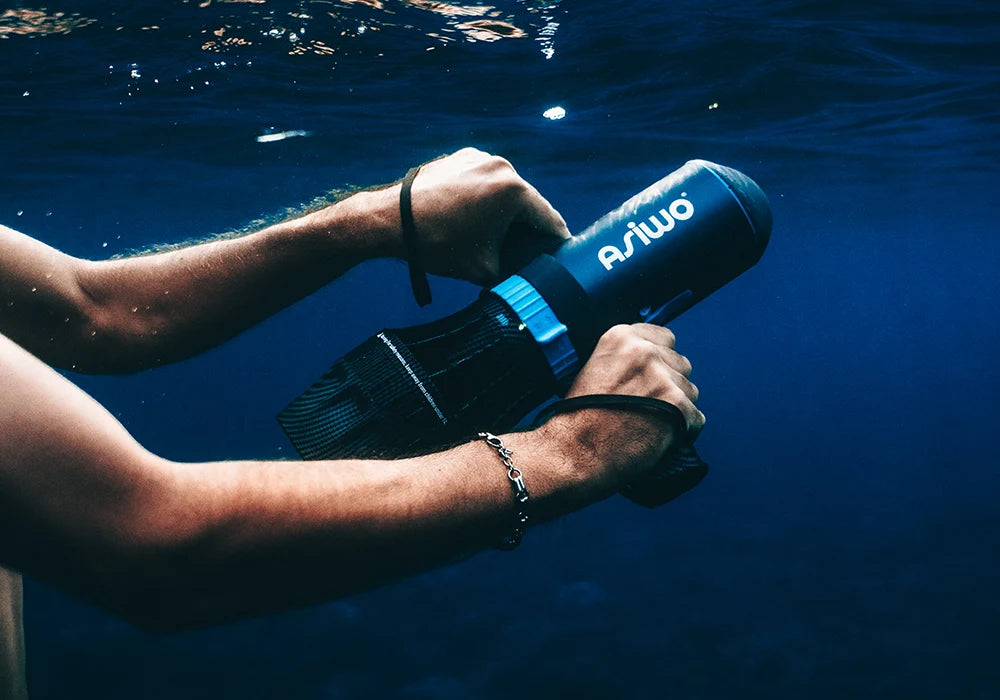




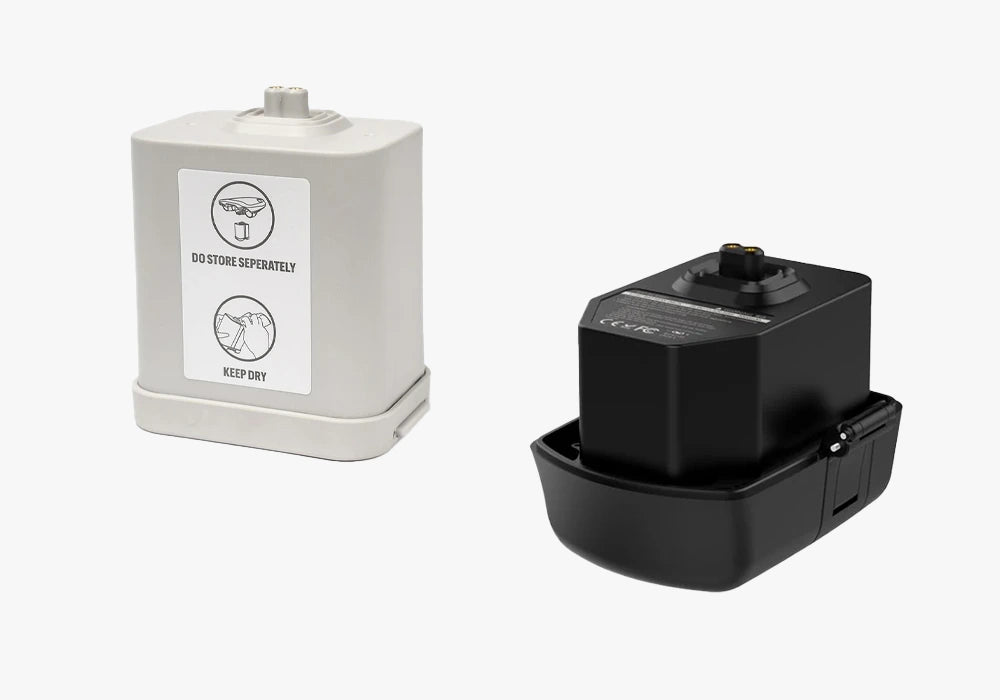




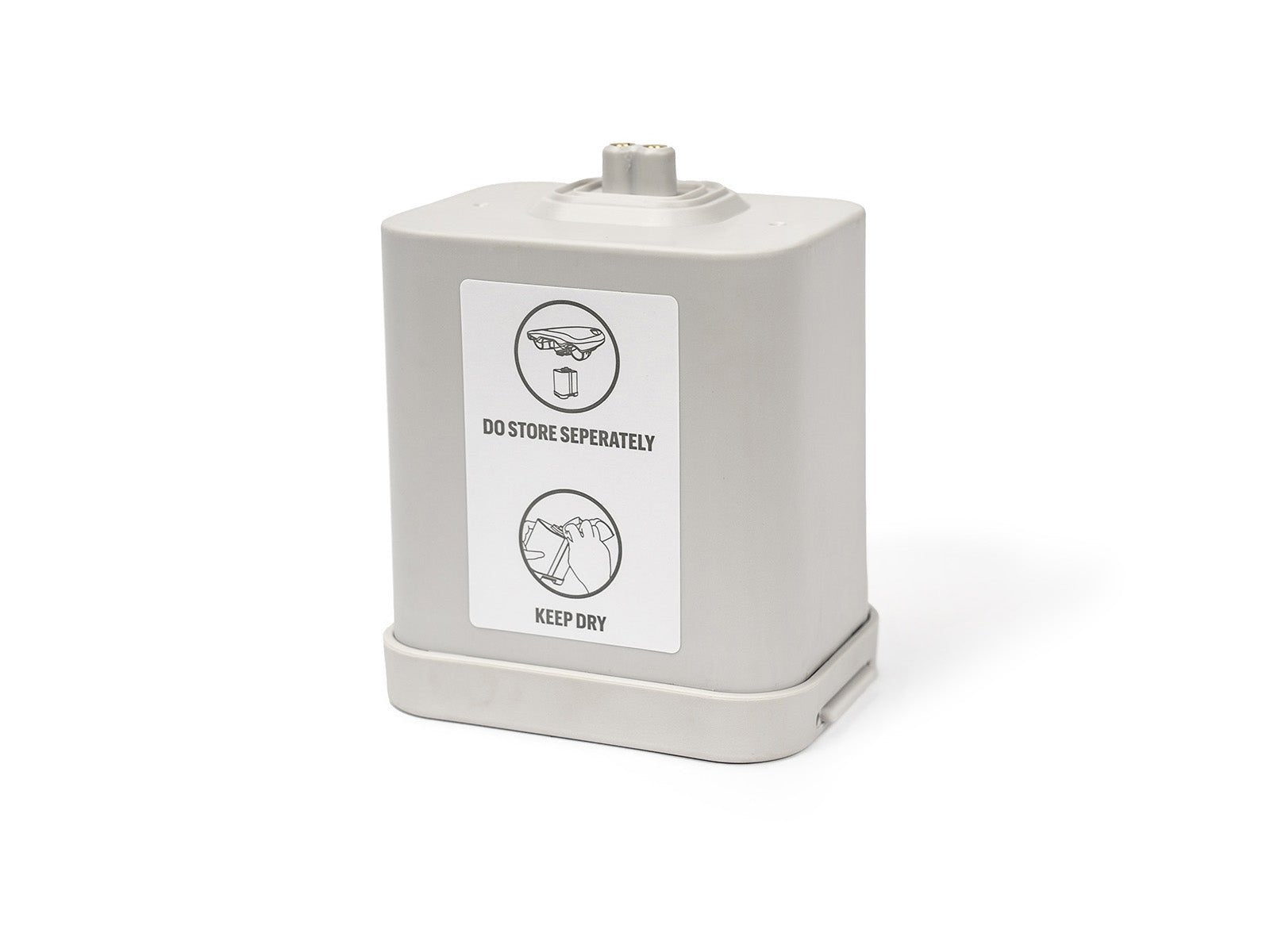
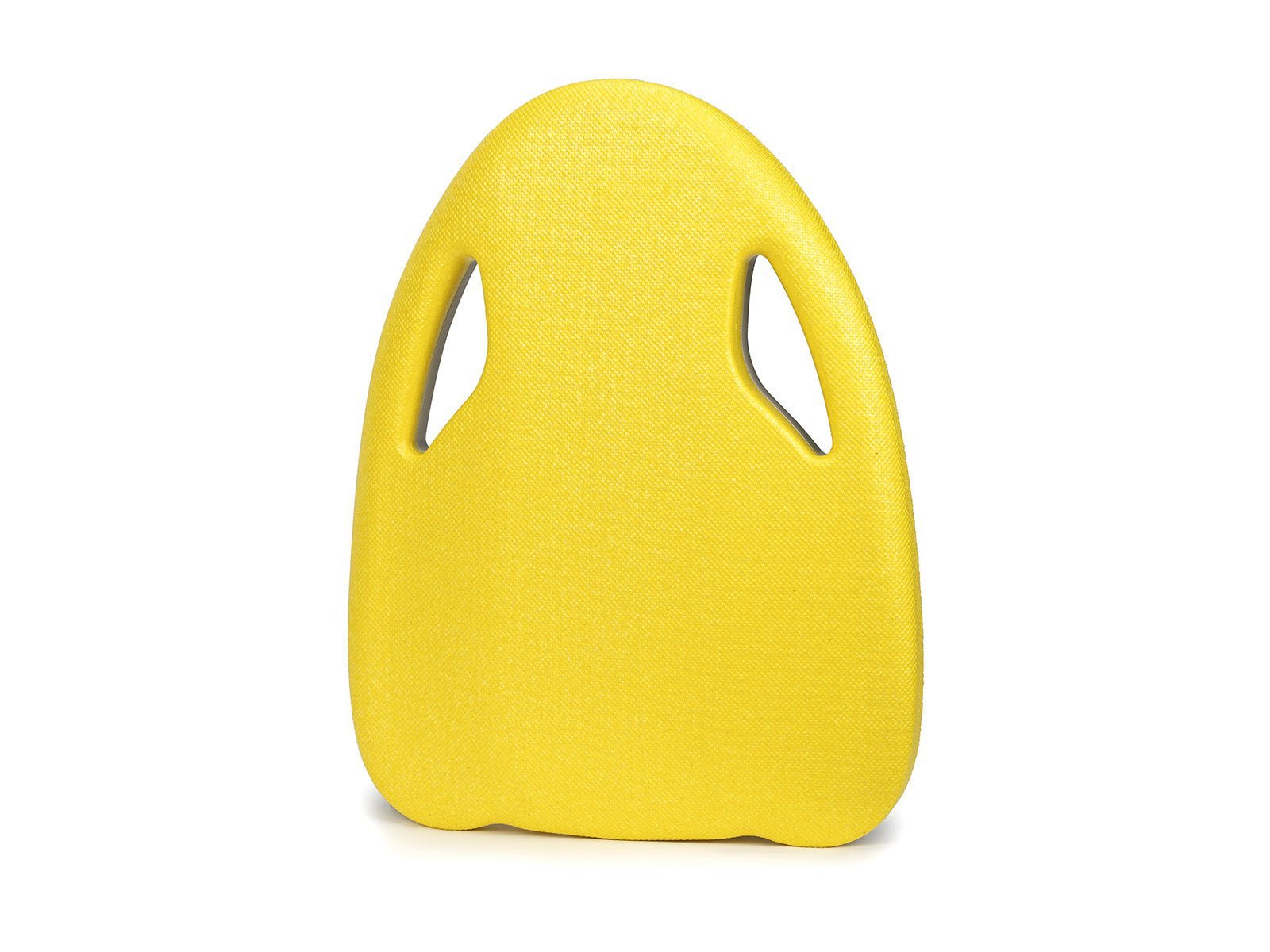
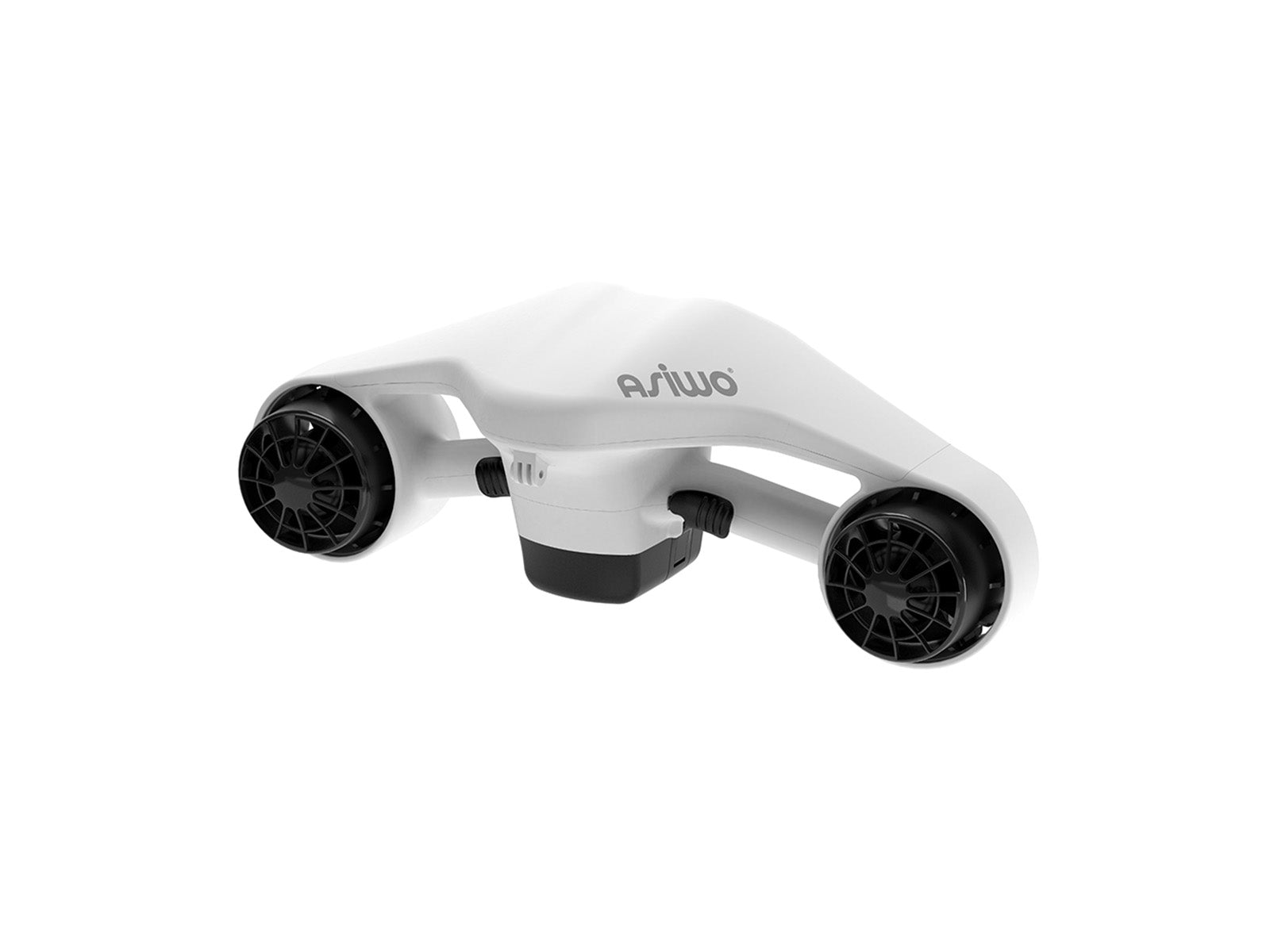
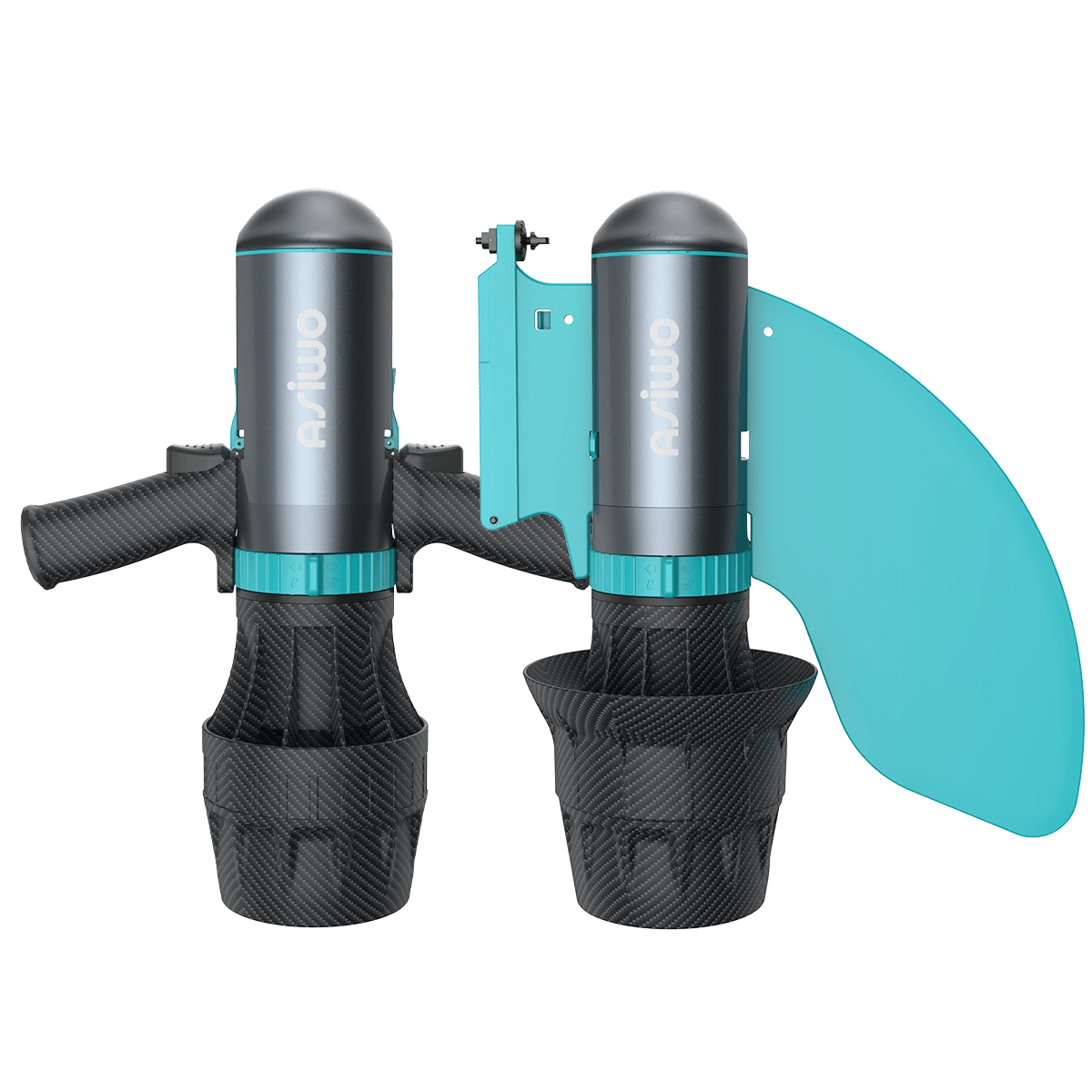




Leave a comment